What is Ehrlichia?Ehrlichia is a type of bacteria that infects the white blood cells of dogs. Ehrlichia is spread between dogs by the brown dog tick. There are several different types of Ehrlichia (named after the person who discovered it - Mr Ehrlich). The type we have in Australia is Ehrlichia canis.. Ehrlichia canis infections can be very severe and make some dogs very sick or even kill them. Ehrlichia canis particularly infects the cell called platelets that are involved in clotting. Additionally the disease causes an inflammatory storm around the body. Because they hide inside the blood cell, it can make it very hard to kill the bacteria. |
Should I be concerned for my dog? What are the Symptoms?
| There are three stages to this disease and there is some cross-over between the three stages. Early symptoms can include:
Subclinical / Carrier Phase
End Stage (a few months to many years into the disease)
The early and subclinical stage is generally easily treated, but the end stage disease can be very hard to treat. |
How can I tell if my dog has Ehrlichia?
Can Ehrlichia canis be Treated?Yes. Ehrlichia can be treated in the early and subclinical stages with the antibiotic doxycycline. End stage disease can be very difficult or near impossible to treat. There however have been some new experimental treatments for the end stage disease and hopefully in the future we will have better options. It is important that a full course of medication is given as if some bacteria is left behind, then the infection can recur |
Can my dog catch it again?
Can people catch this disease?
Is there a vaccine for Ehrlichia?
How do I prevent this disease?
Primary preventative - It is important to use a product that repels ticks. Two products have shown to be extremely effective in preventing tick bites and Ehrlichia are SERESTO COLLARS and ADVANTIX SPOT ON. They are over 90% effective in preventing Ehrlichia
How did it get here?
Our clinics in Katherine and Alice Springs continue to investigate treatment options for this horrible disease.

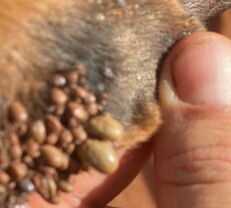
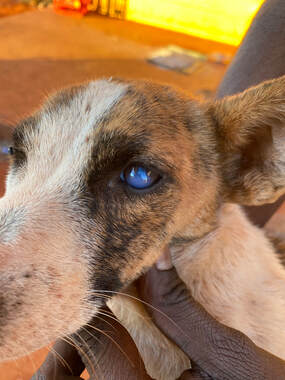
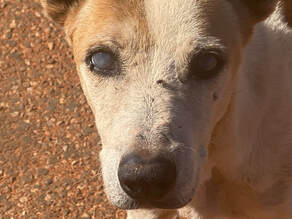
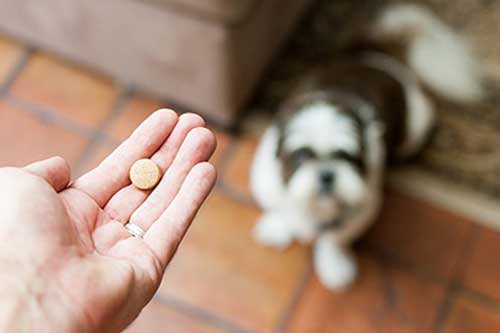
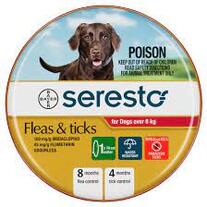
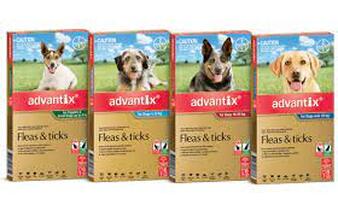


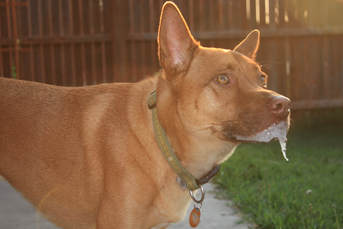
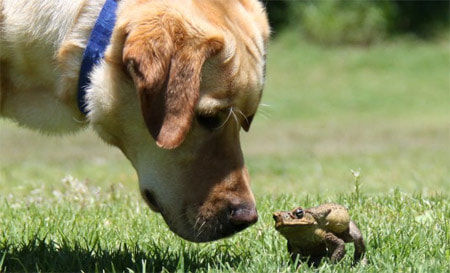
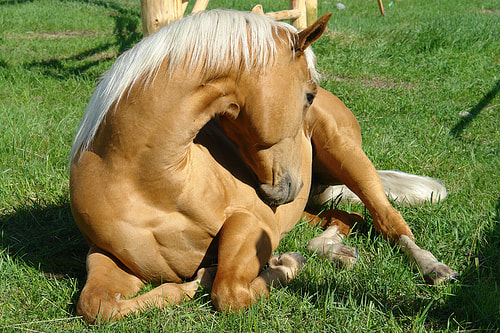
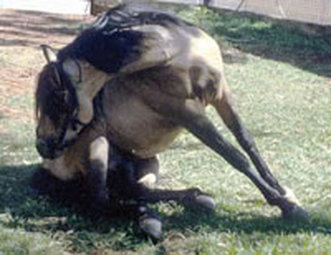
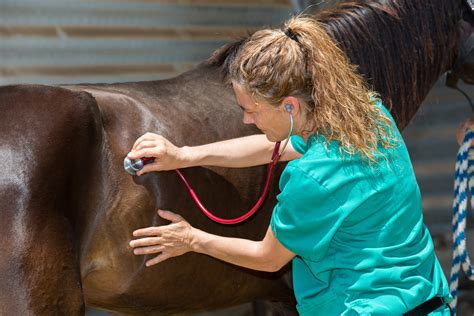

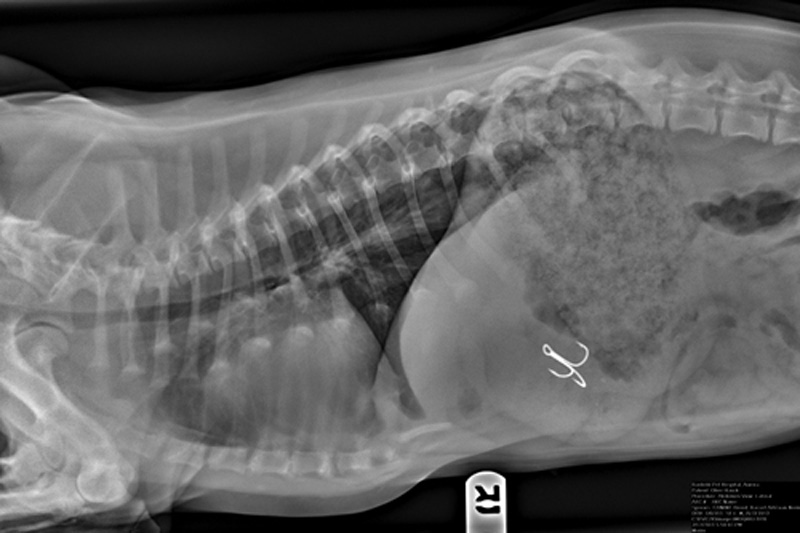
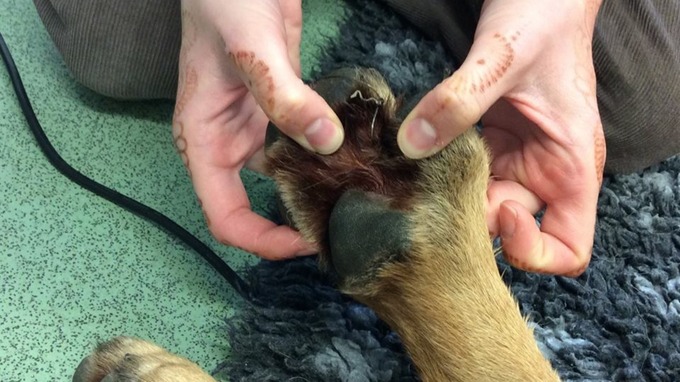
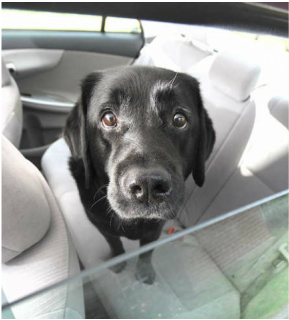
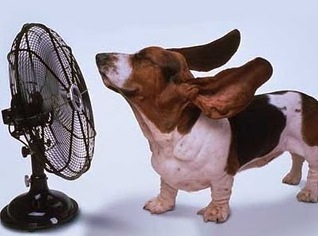
 RSS Feed
RSS Feed